How to Keep Your Dog Calm Throughout a House Move
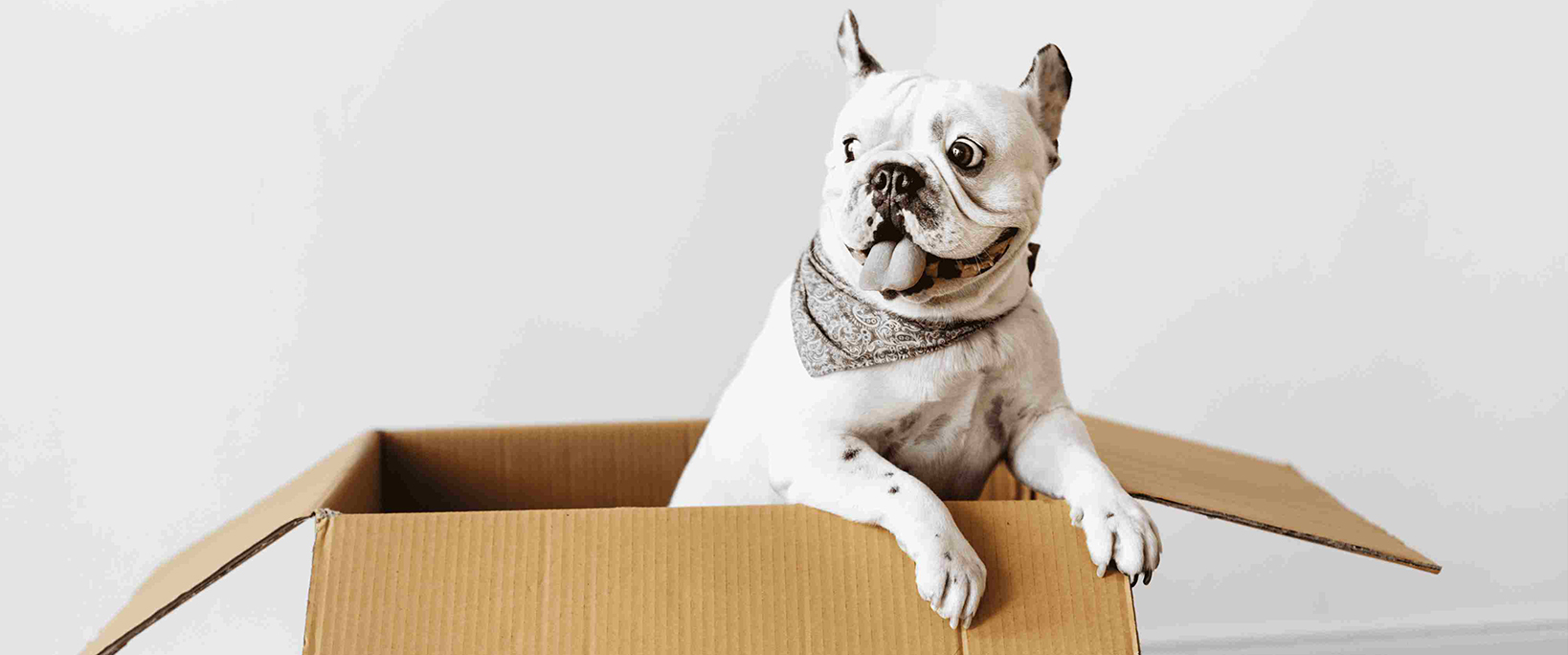
Moving to a new house is exciting! But for your furry friend, it can be stressful and terrifying. Dogs are creatures of habit, and a change in their environment tends to make them feel nervous.
At 24 Hour Dog Daycare, we understand the importance of ensuring your dog’s comfort during a house move.
In this guide on “how to keep your dog calm throughout a house move,” we’ll walk you through the steps to ensure a smooth transition for your beloved pet.
Understanding Your Dog’s Sensitivity
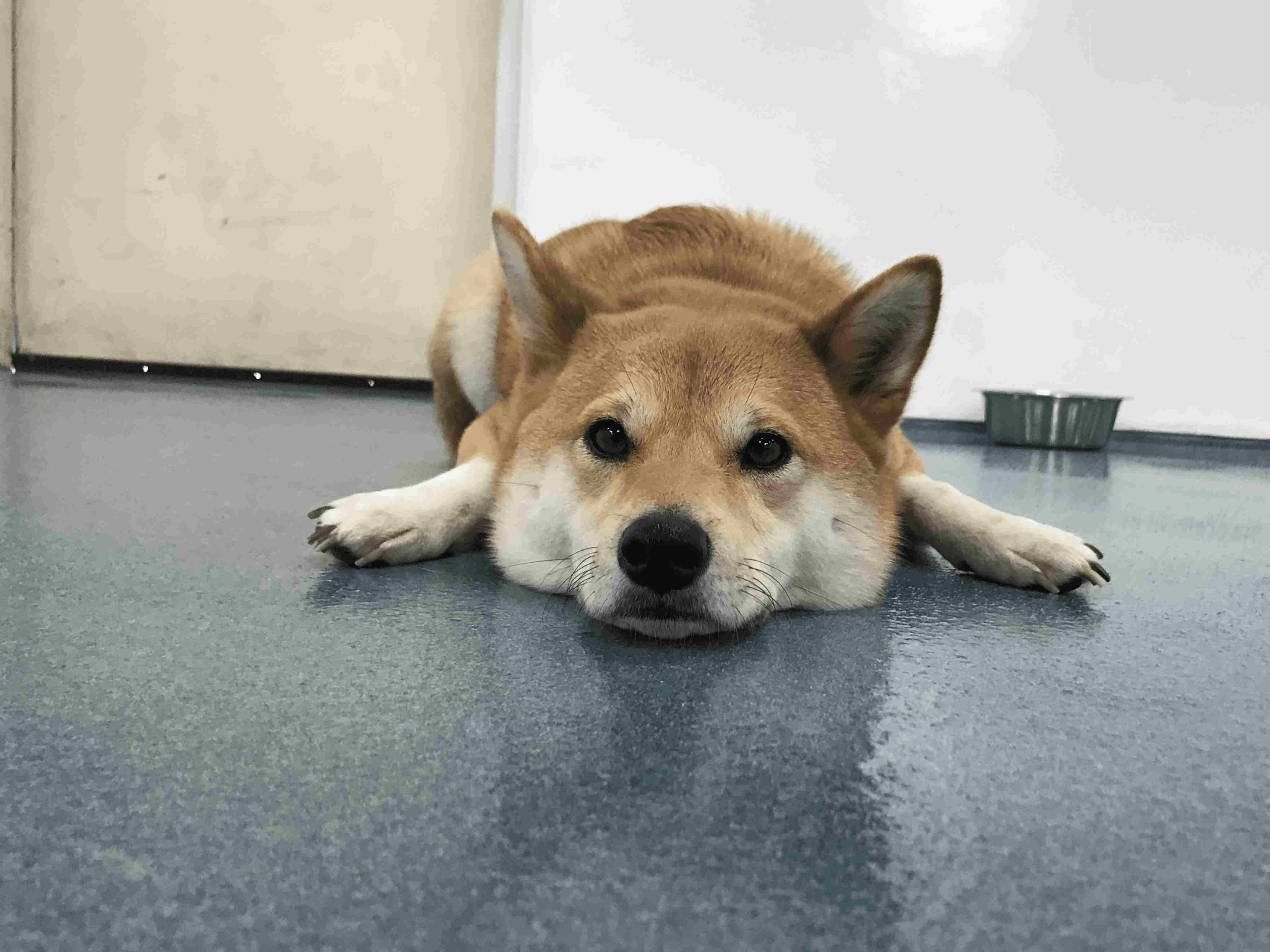
Before diving into how to keep your dog calm throughout a house move, know that every dog is unique.
Some dogs are naturally more aware of changes in their environment, while others adapt more easily.
Understanding your dog’s personality and how changes affect them emotionally is the first step in helping them stay calm during a house move.
Dogs often show signs of stress or anxiety when going through big changes. These signs include excessive barking, whining, panting, pacing, or even destructive behavior.
Pay attention to your dog’s behavior leading up to and during the move, so you understand their emotional state better. Then, you can tailor your approach based on what you’re seeing.
We are San Diego’s first true 24 Hour Dog Daycare. Open 24/7, drop-off & pick-up anytime.
Taking Your Dog Out of the House Move
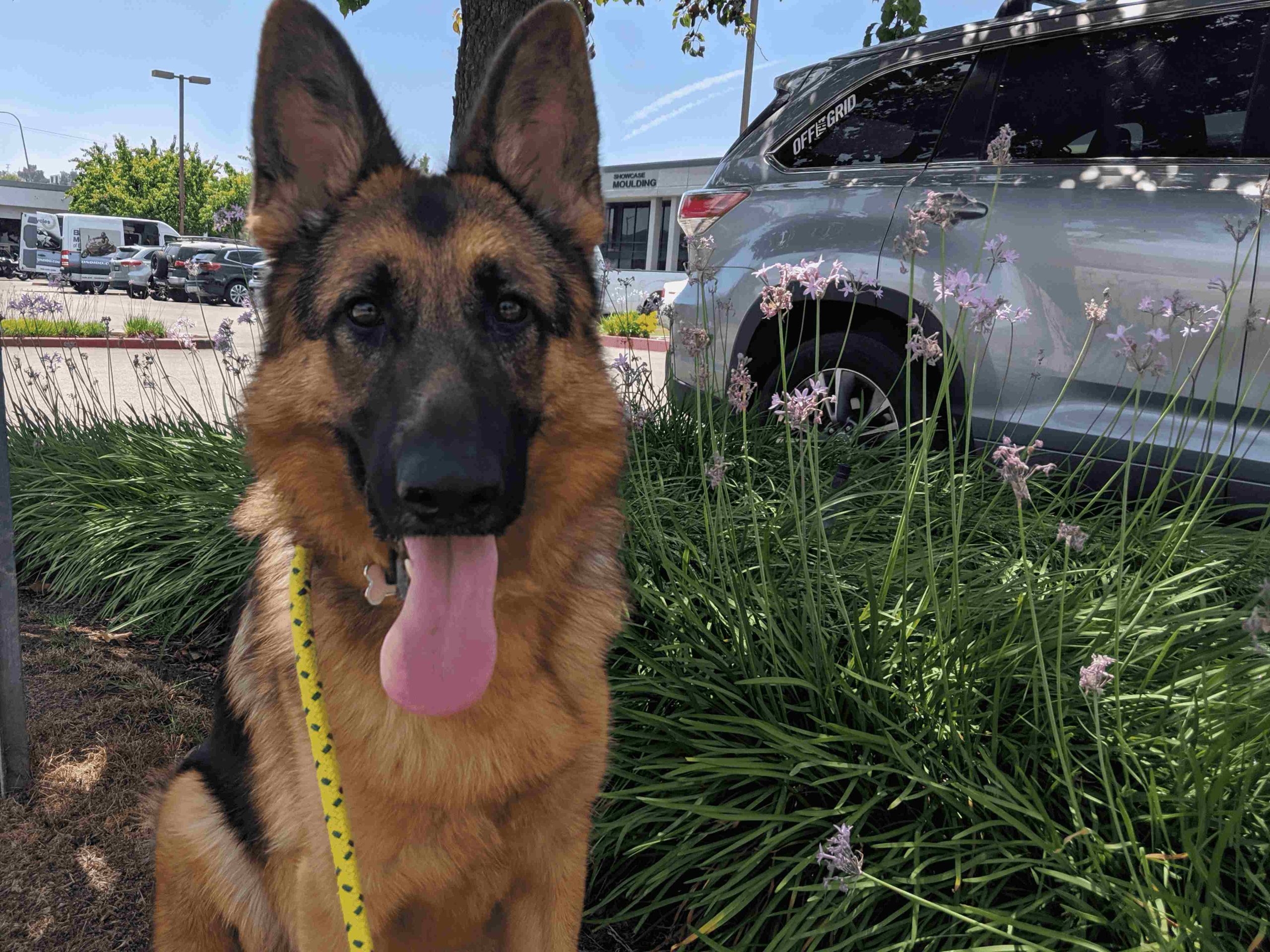
One way to ease your dog’s stress during a house move is to not expose them to chaos.
Send them to stay with friends or family or opt for professional dog boarding services.
Removing your dog from the hustle and bustle of packing and moving will help them feel calm.
When choosing a dog boarding facility, make sure it’s reputable and well-suited to your dog’s needs.
Look for places that offer a safe and comfortable environment with experienced staff who understand how to care for dogs during times of change.
Here’s why countless dog parents trust us with their furry companions.
Impact of Gradual Exposure to Change
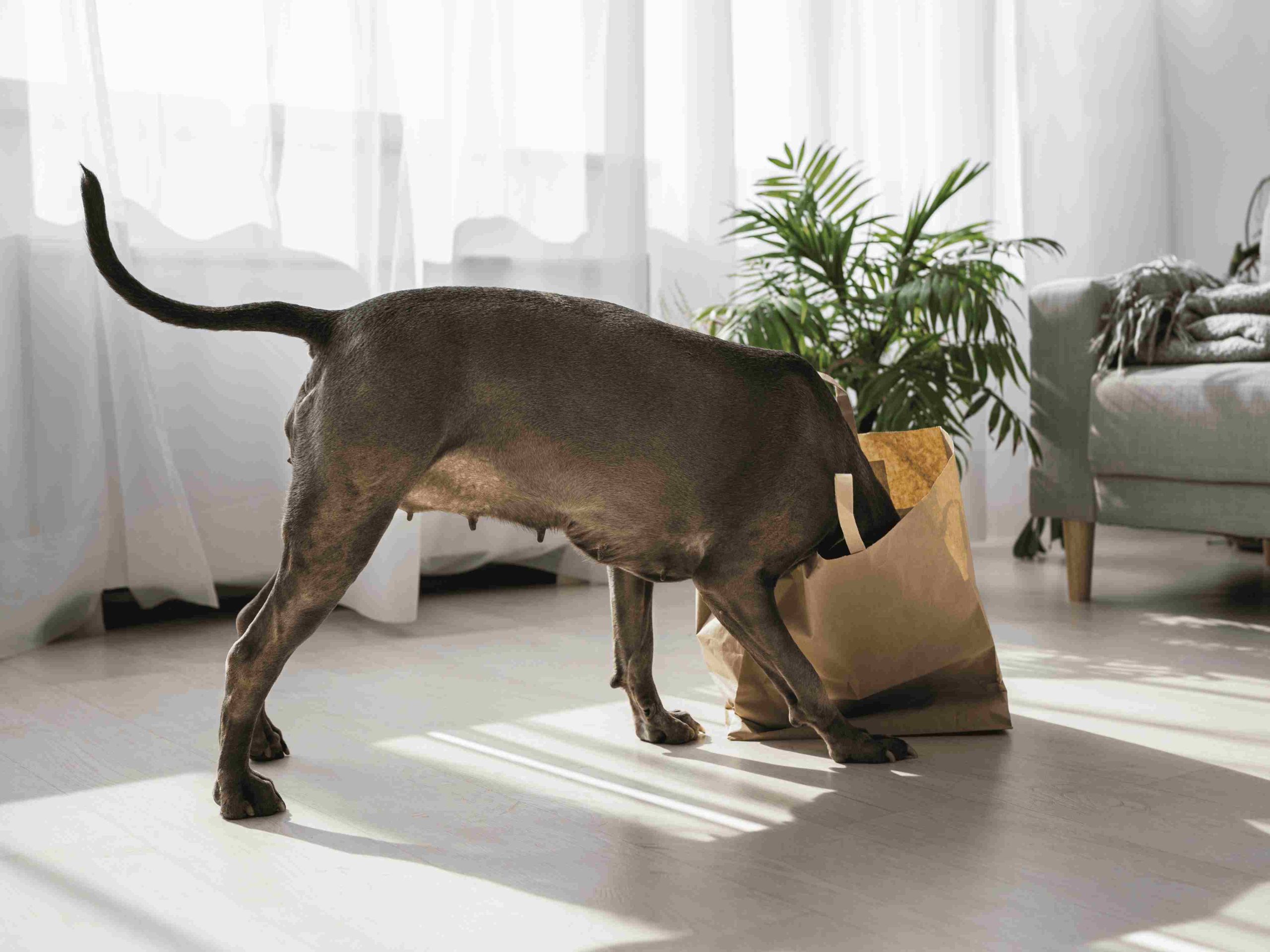
Moving-related activities are probably overwhelming your dog, so introduce them gradually to these changes for an easier transition. Here’s how:
Introducing Moving-Related Objects Slowly
Start by placing moving boxes in common areas where your dog spends time. They’ll become familiar with the presence of moving materials without feeling threatened.
Let your dog investigate and sniff the boxes on their own. Encourage positive associations by offering treats and praise when they interact with the boxes calmly.
Familiarizing Your Dog with Packing Activities
Allow your dog to be present while you pack your belongings.
Gradually expose your dog to packing sounds and actions so that they become desensitized to the process.
To learn more about creating a positive environment for your dog during the move, visit our page.
Reducing Sudden Disruptions to Routine
Maintaining your dog’s regular meal times, walks, and play sessions is essential.
While it’s challenging with all the moving tasks at hand, creating a routine that incorporates short packing sessions will help.
Consistency gives your dog a sense of security in the middle of all the chaos.
Read our FAQs to learn more about our services and facilities.
Creating Safe and Familiar Spaces
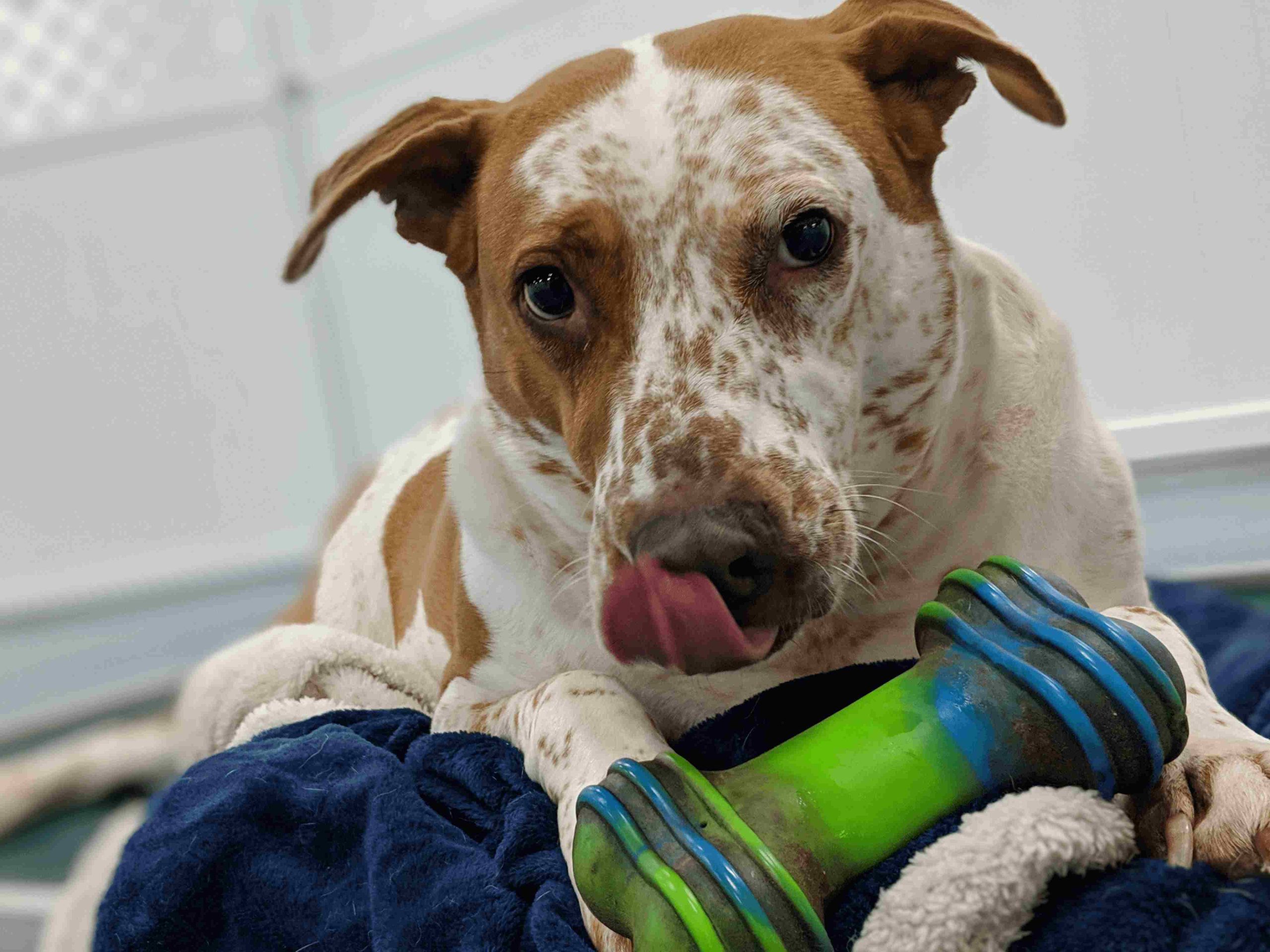
Next up on how to keep your dog calm throughout a house move is to designate a quiet room where your dog can stay.
Place their bed, toys, and items with their familiar scent in this space. The less your dog is exposed to the chaos of packing and moving, the better.
Trying to Maintain the Routine
Consistency is key to keeping your dog calm.
Try to stick to your dog’s daily schedule as much as possible. Keeping feeding, walking, and playtimes consistent gives a sense of stability amidst the changes.
Positive Association with Moving Supplies
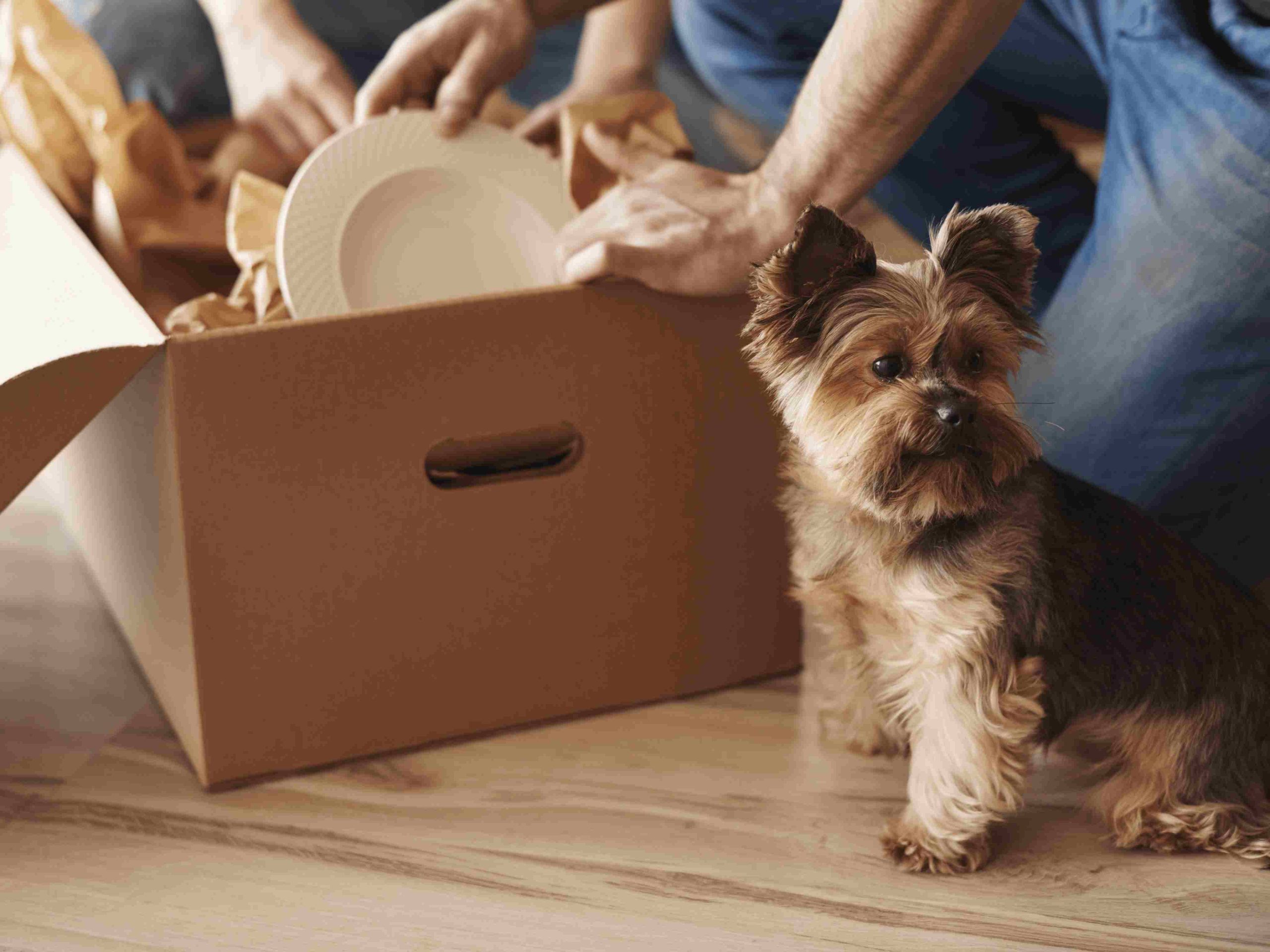
Turn packing into a fun experience for your dog.
Associate these activities with treats and rewards. You can even make packing a game to engage your dog and create a positive outlook on the moving process.
Keeping Your Dog Occupied for Engagement
To address the question of “how to keep your dog calm throughout a house move,” it’s essential to keep your furry friend occupied and engaged.
Give your dog interactive toys and puzzle feeders to prevent boredom and anxiety.
Engage in physical activities to release their excess energy. A tired dog is often a calm dog.
Find out how our daycare services help with your dog’s anxiety.
Offering Comfort During Travel
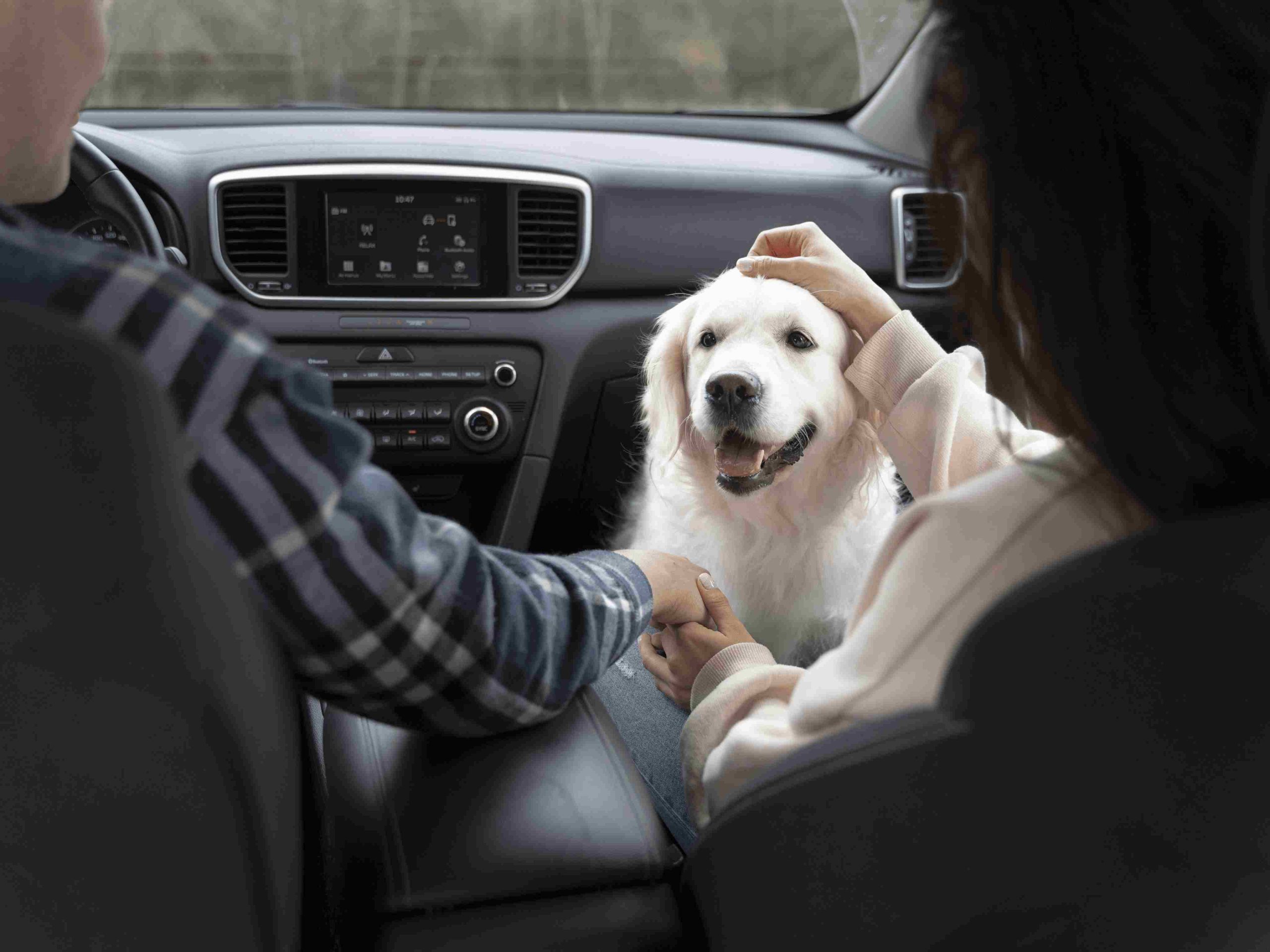
The journey to your new home might be stressful for your dog.
Make sure they’re warm and comfortable during travel. Bring along their favorite items, such as their bed or blanket, to make them feel more at ease.
Make rest stops and breaks enjoyable for your dog with short walks and playtime.
Things to Remember while Settling into the New Home and Keeping Your Dog Calm Throughout a House Move
Once you’ve arrived at your new home, there are steps you can take to help your dog adjust smoothly:
Creating a Comfortable and Familiar Space
Designate a quiet and cozy area for your dog in the new home. Place their bed, toys, and familiar items in this space to make them feel at ease.
Gradually Introducing New Areas
Let your dog explore different rooms, one at a time, under your supervision. Use treats and encouragement to make the exploration a great experience. This helps your dog adapt to their new environment at their own pace.
Patience in Adjusting to New Routines
Remember that adjustment to the new home will take time. Be patient with any changes in your dog’s behavior or routine.
Consistent care and understanding during this transition period ensure you know how to keep your dog calm throughout a house move.
Keeping Dogs Calm While Moving House
In summary, knowing how to keep your dog calm throughout a house move involves understanding your dog’s emotions, taking steps to ease their stress, and making the move a fun experience.
By following these tips and tailoring your approach to your dog’s personality, you’ll make the move less stressful for both you and your furry companion.
24 Hour Dog Daycare is here to support you and your dog during this transition.
For any more questions on how to keep your dog calm throughout a house move, don’t hesitate to contact us.
Frequently Asked Questions (FAQs)
How do I know if my dog is stressed during a move?
Look for changes in your dog’s behavior when learning how to keep your dog calm throughout a house move. Dogs show signs of stress or anxiety in many ways. These signs include excessive barking, whining, panting, pacing around nervously, or even engaging in destructive behavior such as chewing furniture or shoes. Changes in appetite, restlessness, and seeking more attention than usual are also indicators of stress.
Should I board my dog during a house move?
Boarding your dog during a house move is a great idea, especially if you expect a lot of chaos during the move. Professional dog boarding facilities offer a controlled and safe environment where your dog can stay during the move. Make sure the facility can accommodate your dog’s special needs, such as dietary preferences and any medical requirements.
How can I help my dog adjust to a new home, especially if my dog is nervous about the house move?
If your dog is nervous about the house move, start by being patient. Choose a quiet and cozy area in the new house for your dog. Place their bed, toys, and familiar items there to create the feeling of home. Introduce your dog to different rooms one at a time, supervising their exploration to make sure they’re feeling comfortable. It will take some time for your dog to fully adjust to the new environment.
Can I include my dog in the packing process?
Yes, but make sure to do so gradually and with care. Let your dog be present while you pack your belongings. Use treats and praise to reward calm behavior during packing sessions. The key is to create positive associations with the moving activities and maintain a calm atmosphere during this time.
What if my dog feels nervous during the house move?
To ensure your dog doesn’t feel nervous during the house move, secure them properly in your vehicle. Use a pet seatbelt or a crate to prevent them from moving around. Bringing along familiar items, such as their bed, blanket, or favorite toys, will give a sense of familiarity. Make rest stops and breaks enjoyable for your dog by allowing them to stretch their legs, go for short walks, and engage in playtime.


